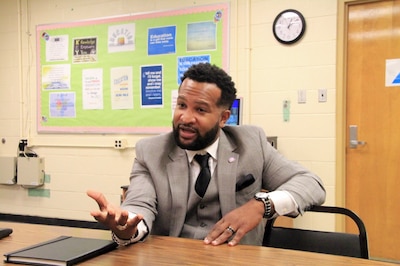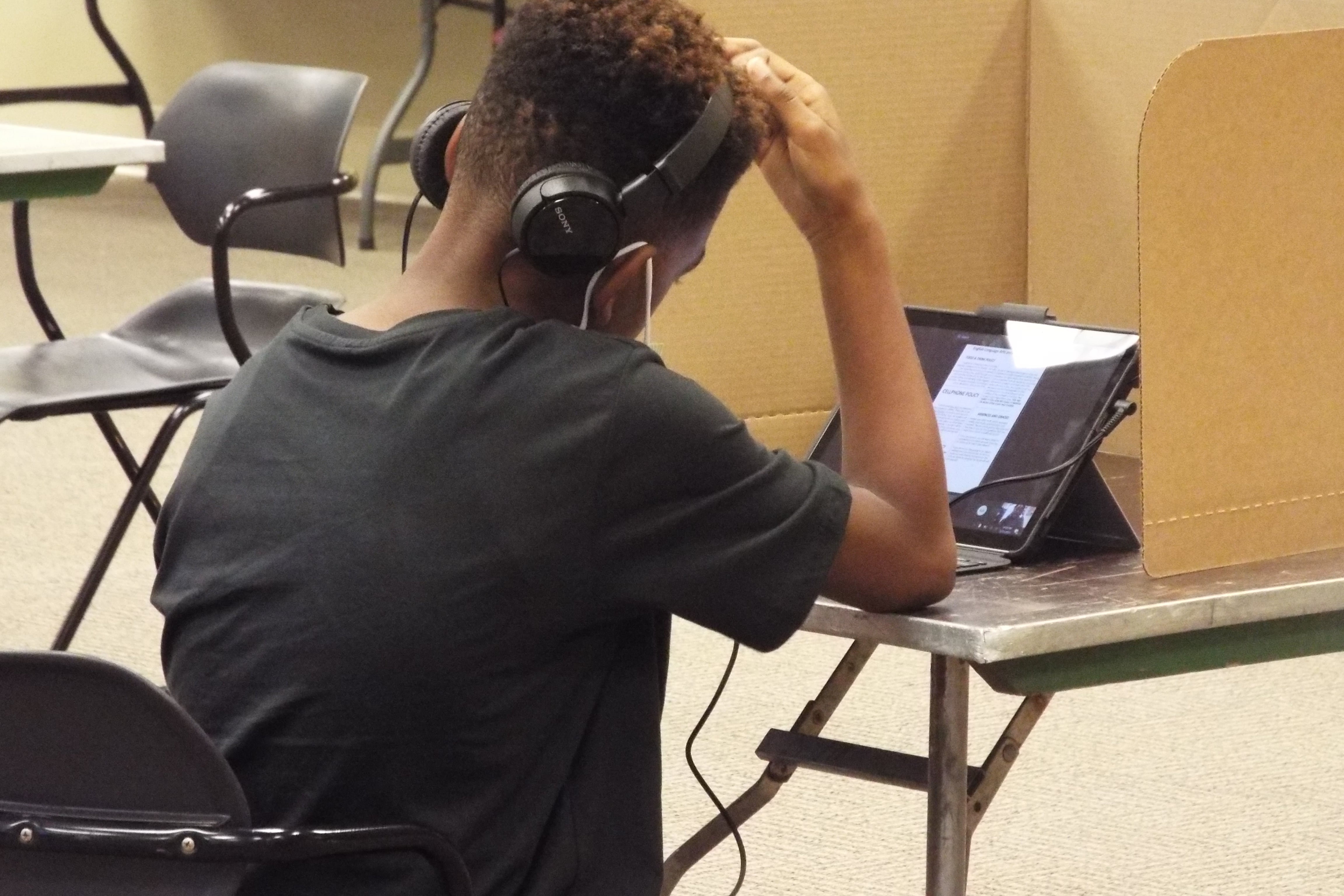More Memphis elementary and middle school students scored significantly below grade level on diagnostic tests compared with last year, but the numbers were more encouraging than the school district anticipated back when the coronavirus pandemic began.
On a separate test meant to gauge student learning from last school year, a majority of first and second graders scored on grade level, but Shelby County Schools leaders suspect that adults monitoring students learning online helped boost results.
A district presentation to school board members Tuesday provided the first systemwide look at student learning loss in the months since school buildings closed due to the coronavirus crisis.
Early in the pandemic, Memphis education leaders cited national predictions from test makers and researchers to warn that students may forget a lot of what they learned before schools closed. The district’s results on the national iReady exams suggest most of those projections were overstated, though some information is missing.

In reading, 28% of Shelby County Schools students in kindergarten through eighth grade scored two or more grade levels behind. That’s up from 27% the previous year. In math, 29% of K-8 students scored two or more grade levels behind, compared with 23% a year earlier. The district is using a new diagnostic test for high school students so this year’s scores cannot be compared to last year’s, said Antonio Burt, the district’s chief academic officer. Those results were not included in Tuesday’s presentation.
The declines were not enough to prompt district Superintendent Joris Ray to amend his learning plan, which has children learning all online, but he vowed to help students catch up. District leaders acknowledge that traditional in-person instruction would help students catch up faster, but are reluctant to send children and faculty back into classrooms amid surging coronavirus cases.
“We are balancing concerns of learning loss with losing lives,” Ray told board members.
Under the district’s current plan to reopen school buildings in January, students will continue to learn online whether or not they return in person. District officials said they want students to be able to interact with peers in a school setting, without giving them an unfair academic advantage over students learning remotely.
Burt said the rates of learning loss as measured by the iReady results are similar to more than 150 other districts where the program is used.
Teachers previously told Chalkbeat they expected students to retain most of what they learned in the spring because lessons were largely wrapping up when the district closed. Educators were about to start reviewing previously taught material for the state’s annual exam, which was later canceled.
A separate test called Mastery Connect sought to measure what concepts students learned that normally would have been on tests at the end of the previous school year — something the district had not used the program for before.
On those tests, 58.5% of students in first and second grades met learning standards in English while 62.4% of the same students met math standards. Burt told board members those numbers usually range from 35% to 45%, which led district officials to think adults at home may have helped students in the lower grades score higher. Nashville school officials came to a similar conclusion earlier this year, back when all students were learning remotely.
Mastery Connect results from other grade levels showed that a majority of students had not mastered concepts from their previous year:
- Grades 3 to 5: 82.6% below grade level in English and 74.5% below grade level in math
- Grades 6 to 8: 80.9% below grade level in English and 91% below grade level in math
- Grades 9 to 12: 73.6% below grade level in English and 95.6% below grade level in math
Burt told reporters after the meeting that Shelby County Schools is administering another round of tests between now and Dec. 11 to help district leaders gauge if and how online learning is helping students catch up. The district will analyze the results and then make them public, he said.






